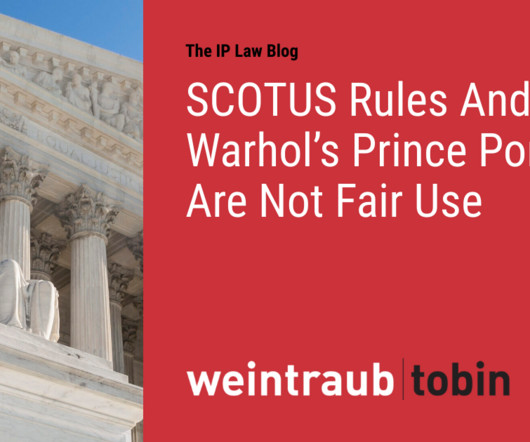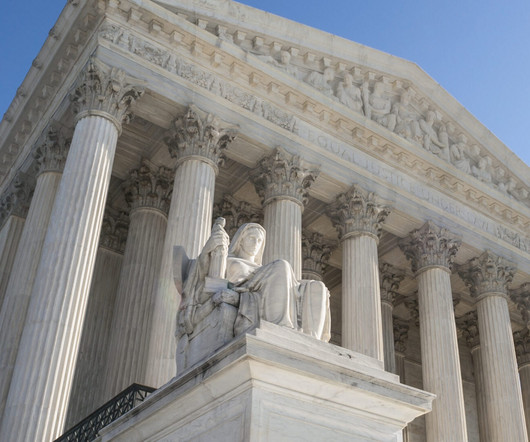SCOTUS Rules Andy Warhol’s Prince Portraits Are Not Fair Use
The IP Law Blog
MAY 25, 2023
The decision affirms a previous ruling by the Second Circuit, which found that Warhol’s artwork shared the same commercial purpose as the original photograph taken by photographer Lynn Goldsmith. The Andy Warhol Foundation contended that the artworks were transformative and gave new meaning to Goldsmith’s photo.











Let's personalize your content